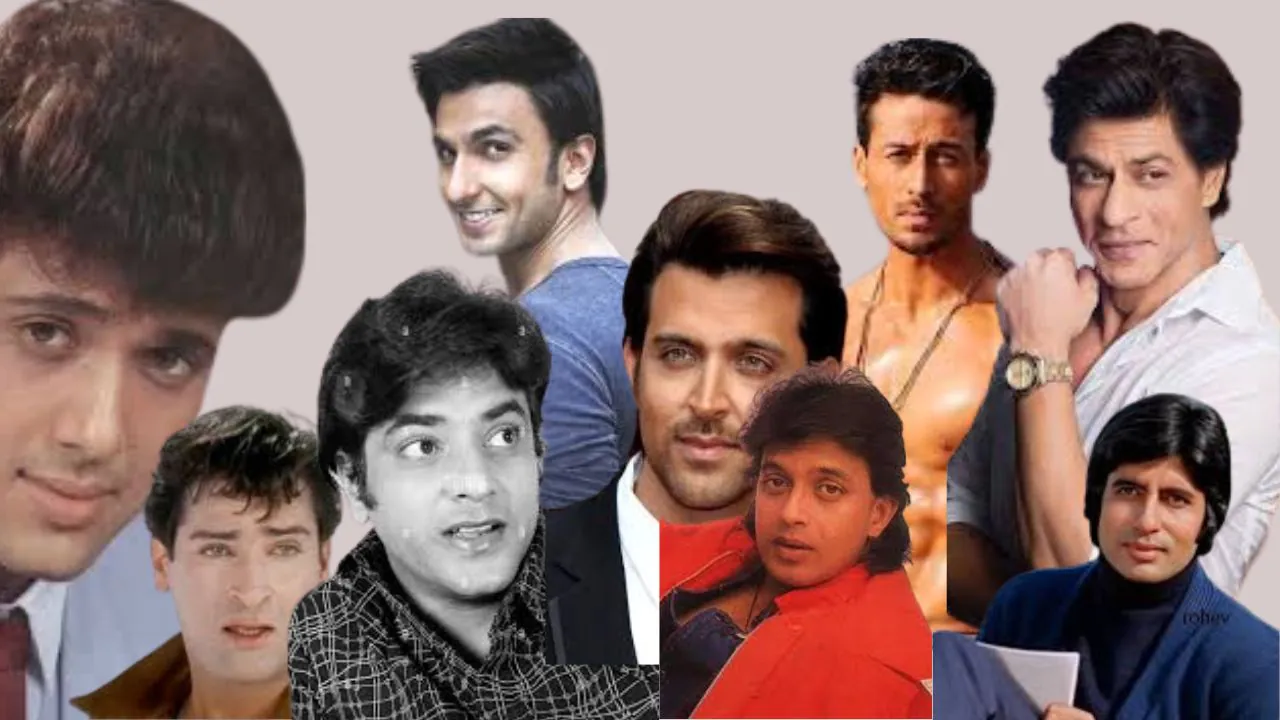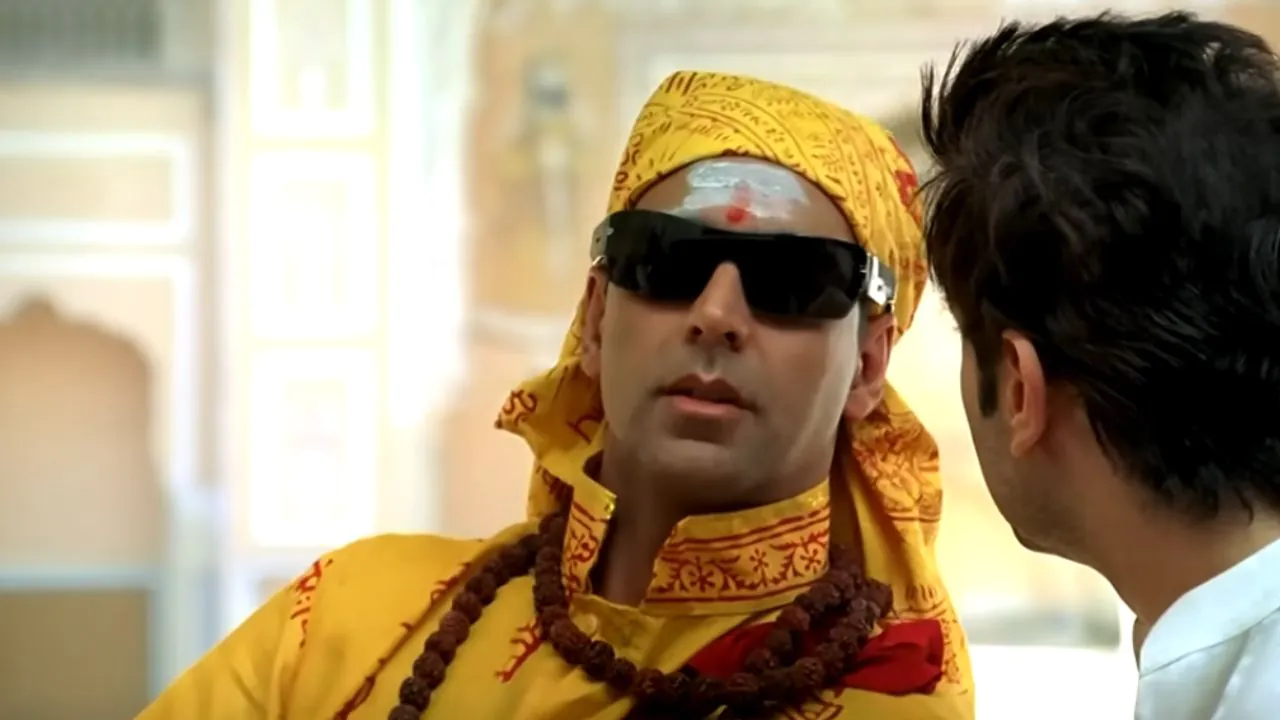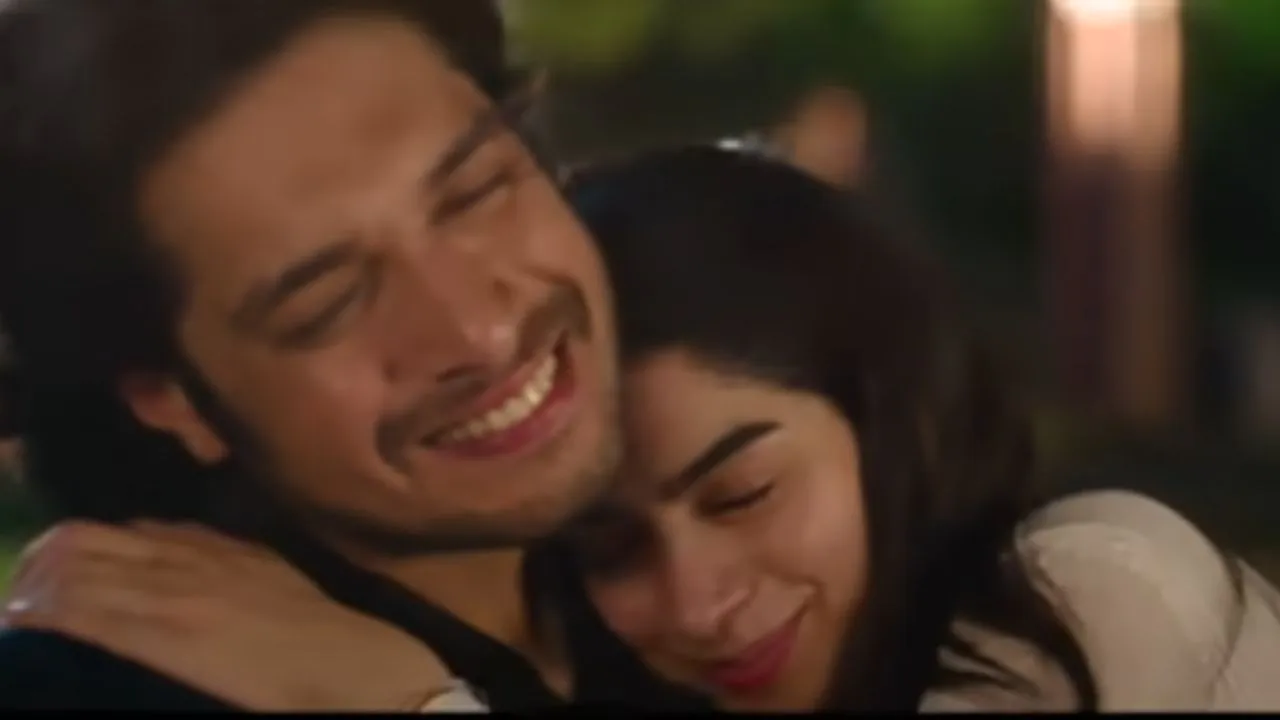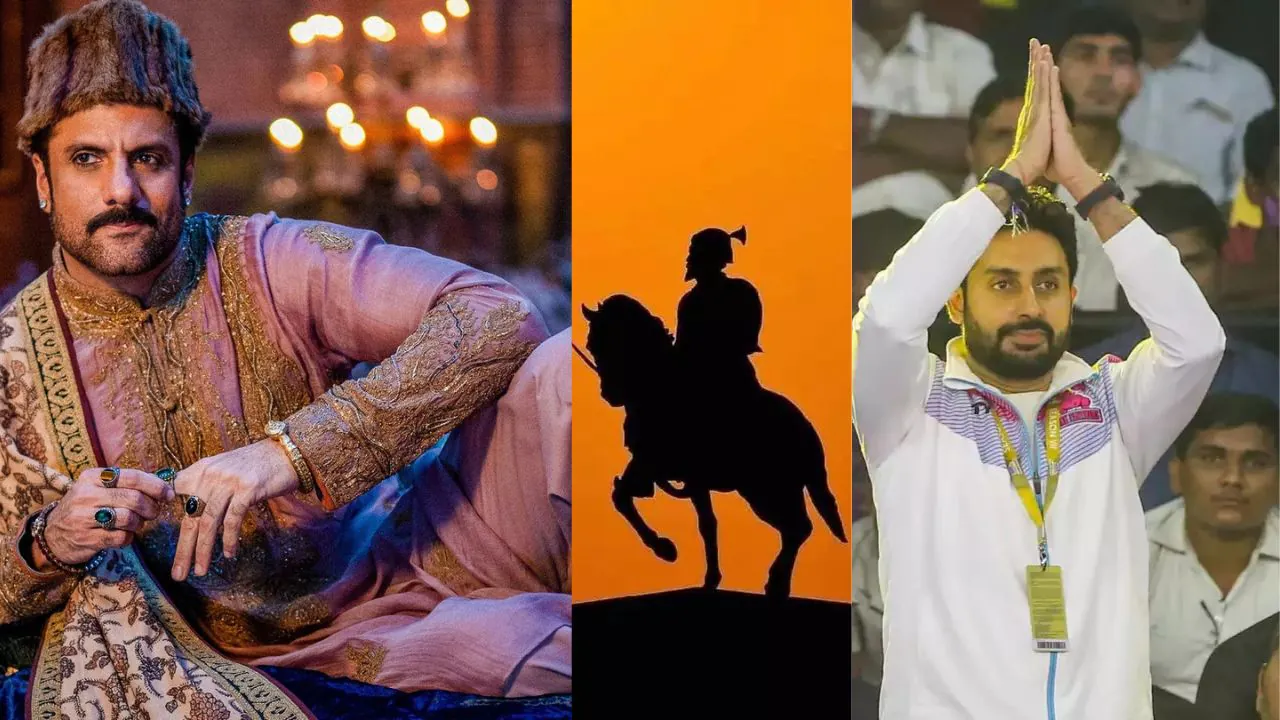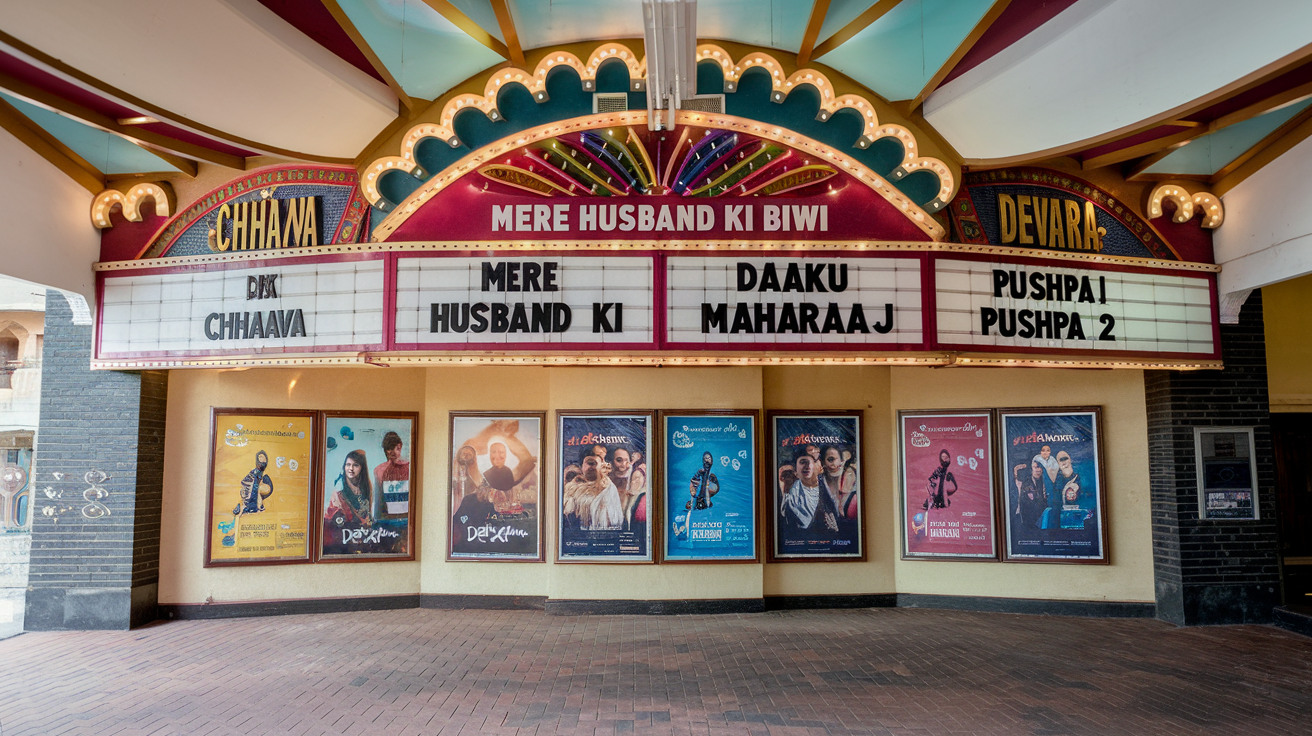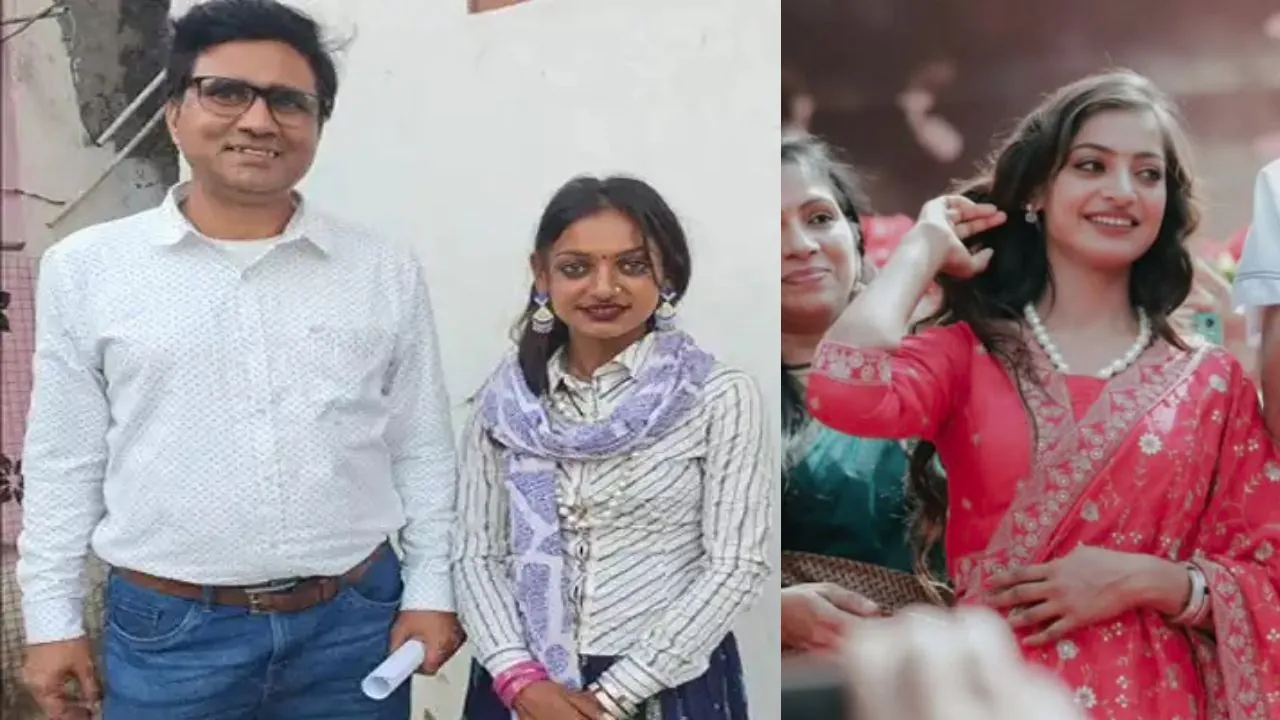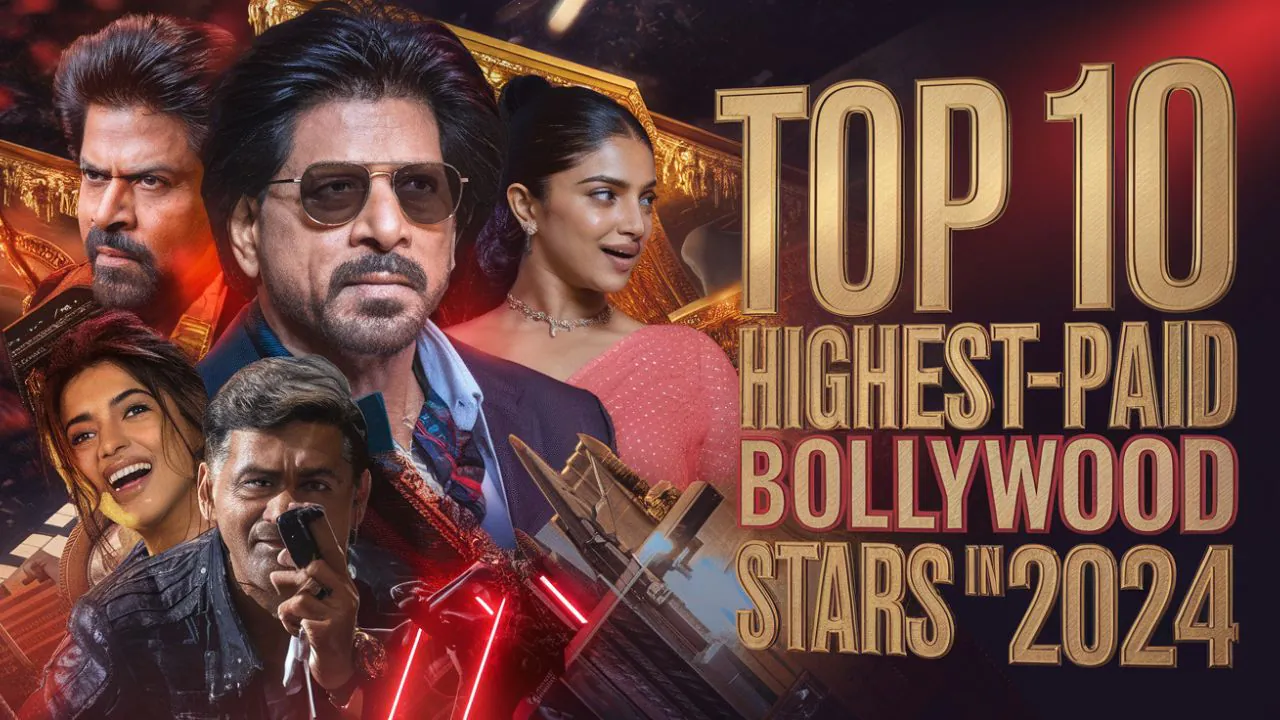Bollywood heroes don’t just act—they dance their way into our hearts, turning every beat into a spectacle long after the credits roll. From Shammi Kapoor’s wild spins in the ‘60s to Tiger Shroff’s gravity-defying flips in 2025, dance has been the secret sauce of Bollywood’s leading men. But here’s the million-rupee question: who’s the real dance king? Is it the legend who started it all, or the modern star lighting up screens with jaw-dropping moves? The crown’s been passed through decades, and each era’s king has left his mark—some with raw charm, others with polished precision.
Dance in Bollywood isn’t just a filler; it’s a legacy, a cultural heartbeat that’s evolved with every generation. Back then, it was about spontaneity—heroes grooving like no one was watching. Today, it’s a high-stakes game of choreography and global appeal. In this post, we’re taking a time machine from the swinging ‘60s to the slick 2020s, spotlighting the dancing kings who defined their eras. We’ll explore how their moves mirrored Bollywood’s soul, then face off the “then” against the “now” to see who truly reigns. Ready to twirl through history? Let’s find out who’s the real dance king of Bollywood.
The Early Legends: Setting the Stage
Bollywood’s dance story begins with the pioneers—heroes who didn’t just step to the beat but created it. Shammi Kapoor was the rebel king of the ‘60s who turned dance into an explosion of joy. Picture him in Junglee (1961), belting out “Yahoo!” as he leaped and spun across the screen. His moves weren’t choreographed to death—they were pure, unfiltered energy like a kid let loose in a candy store. Shammi didn’t dance to impress; he danced because he couldn’t not dance. That rawness made him a legend, setting the tone for Bollywood heroes as entertainers first and actors second.
Then there’s Dev Anand, the suave charmer of the same era. In Guide (1965), his subtle grooves to “Aaj Phir Jeene Ki Tamanna Hai” weren’t about flash but feeling. Dev’s style was less about big moves and more about quiet grace, a sway here, a tilt there. He danced like he lived: effortlessly cool. Together, these early kings shaped Bollywood’s dance DNA in an age when it was less about perfection and more about expression. The ‘60s were loose, live, and unscripted—dance was a bonus, not the main event, but these men made it unforgettable.
Back then, choreography was basic—often just a director yelling, “Move!” over a live orchestra. Shammi and Dev didn’t have dance trainers or special effects to polish their steps. They had charisma, and that was enough. Their legacy? Proving that a hero could win hearts with a shimmy, not just a script.
Amitabh’s Era: 1970s-2020s
Amitabh Bachchan stormed into Bollywood in the ‘70s as the “Angry Young Man,” but his dance moves revealed a lighter, groovier side that won hearts just as fiercely. Take Amar Akbar Anthony (1977)—in “My Name Is Anthony Gonsalves,” he bursts out of a giant Easter egg, top hat tilted, twirling with a tipsy charm that’s pure comedy gold. Those loose-limbed sways and playful hops weren’t technical masterpieces, but they oozed personality, making dance a tool to connect with the masses. Amitabh didn’t need precision—he had presence, which was his crown.
By the ‘80s, he cranked up the energy. In Hum (1991), “Jumma Chumma De De” became a street anthem—his rugged strides and arm pumps as Shekhar Malhotra begged for a kiss from Jumma (Kimi Katkar) were raw and relentless. It wasn’t ballet; it was Bollywood bravado, and it stuck. The song’s live performance with Sridevi in 1990, pre-release, built hype that paid off—earning choreographer Chinni Prakash a Filmfare Award. Amitabh’s ability to sell a song with sheer force made him a dance king of the era, even if his steps were more about vibe than virtuosity.
Fast forward to the 2000s and beyond, and Big B proved he could still move. In Bunty Aur Babli (2005), “Kajra Re” saw him swaying alongside Aishwarya Rai and Abhishek Bachchan, his baritone humming as his subtle grooves stole the show. Age didn’t dim his spark—look at 102 Not Out (2018), where “Badumbaaa” had him and Rishi Kapoor bopping with goofy gusto at 75. Even in 2024’s Kalki 2898 AD, his cameo as Ashwatthama hinted at a rhythm that transcends time, a nod to his enduring appeal.
Amitabh’s dance legacy isn’t about rivaling Hrithik’s polish or Tiger’s flips—it’s about versatility and charisma. From the ‘70s improv to the ‘90s power moves and the 2020s charm, he’s danced through Bollywood’s shifts, blending anger, humor, and heart. He’s not the flashiest king, but he’s the one who made dance a hero’s language, then and now.
The 80s-90s Boom: Mass Dance Mania
By the ‘80s and ‘90s, Bollywood dance reached a dazzling crescendo, bursting with energy and larger-than-life heroes. First up was Jeetendra, the “Jumping Jack,” who sprang into the spotlight with boundless zest. In Himmatwala (1983), his bouncy leaps to “Naino Mein Sapna” alongside Sridevi turned heads—and toes—tapping. Clad in his signature white suits, Jeetendra’s style was all about infectious vigor, a fizzy blend of fast footwork and pure joy. He didn’t just dance; he bounced, bringing a playful spark that lit up the era’s love for over-the-top fun. His moves were a call to the dance floor, making him a standout king of the masses.
Hot on his heels came Mithun Chakraborty, the disco maestro who shook Bollywood to its core. With Disco Dancer (1982), he unleashed “I Am a Disco Dancer,” a song that wasn’t just a hit but a cultural tidal wave. His pelvic thrusts and sequined swagger married Western disco fever with Indian spice, creating a fearless and flamboyant style. Mithun made dance a hero’s power move, inspiring a generation of leading men to strut their stuff. His bold, unapologetic grooves fit perfectly in an age of neon lights and thumping beats, cementing his reign as the disco king who turned rhythm into revolution.
Then there was Govinda, the ‘90s everyman who danced his way into every heart. In Coolie No. 1 (1995), he grooved to “Husn Hai Suhana” with a cheeky grin that promised fun for all. No polished routines here—just quirky hip sways and a goofy charm that made dance feel like a party anyone could join. His earlier hit, “Aap Ke Aa Jane Se” from Khudgarz (1987), showcased simple steps that became wedding staples. Govinda wasn’t a trained dancer, but his electric vibe made him irresistible. He turned dance into a hero’s secret weapon, proving you didn’t need finesse—just soul.
This era flipped the script: dance wasn’t a sideline anymore—it was the main event. The ‘80s and ‘90s went all out, with louder beats, flashier costumes, and heroes who could carry a film on one killer track. Jeetendra’s bouncy exuberance kicked things off, Mithun’s disco legacy cranked up the heat, and Govinda’s street-smart grooves sealed the deal. Together, they turned choreography into box-office magic. Sure, the moves got sharper—thanks to pros like Saroj Khan—but the heart of it was still personality over precision. These kings didn’t just follow the music; they led it, and audiences couldn’t get enough.
The 2000s Surge: Polished Perfection
The 2000s flipped the script—dance became a hero’s superpower, and polish was the name of the game. Shah Rukh Khan, Bollywood’s romantic titan, brought a new flavor. In Dil Se (1998), “Chaiyya Chaiyya” saw him atop a train, arms wide, blending romance with rhythm. SRK wasn’t a technical dancer, but his charm made every step iconic. His signature move—those outstretched arms—symbolized Bollywood’s emotional beats. He danced like he loved, and fans adored him for it.
Then Hrithik Roshan burst in with Kaho Naa… Pyaar Hai (2000). “Ek Pal Ka Jeena” wasn’t just a song—it was a revelation. Hrithik’s fluid pops and locks were a far cry from Govinda’s improvisation. Trained and precise, he brought a Hollywood sheen to Bollywood, raising the bar sky-high. By Dhoom 2 (2006), his slick moves in “Dhoom Again” cemented him as the king of choreography. Hrithik didn’t just dance—he performed, and every frame screamed perfection.
The 2000s were about refinement. Choreographers like Farah Khan and Saroj Khan turned songs into mini-movies, and heroes had to keep up. SRK leaned on charisma; Hrithik mastered technique. Dance wasn’t a bonus anymore—it was a hero’s calling card, a reason fans flocked to theaters. The era bridged the raw past with a glossy future, and these kings ruled it.
The 2020s Kings: Global Groove
Now, in 2025, Bollywood’s dance kings are global players. Tiger Shroff is the poster boy—watch him in Heropanti (2014) with “Whistle Baja,” flipping and kicking like a martial arts star. His moves in Baaghi 3 (2020) are athletic insanity, blending Bollywood with stunt-level finesse. Tiger’s a product of the digital age—every step is designed to dazzle onscreen and beyond. He’s not just dancing; he’s flexing, and it’s working.
Ranveer Singh, meanwhile, brings a different heat. In Goliyon Ki Raasleela Ram-Leela (2013), “Tattad Tattad” showed his wild, warrior energy—frenzied footwork meets pure passion. By “Malhari” in Bajirao Mastani (2015), he’s a force of nature, mixing traditional beats with modern swagger. Ranveer’s eclectic—he’ll hip-hop one minute, folk dance the next, and audiences love him for it.
The 2020s are globalized—EDM, hip-hop, and K-pop vibes crash into Bollywood’s core. Tiger and Ranveer don’t just dance for India; they’re eyeing the world stage. Choreography’s tighter than ever, rehearsals are brutal, and every song’s a potential hit beyond borders. These kings thrive in an era where dance isn’t just seen—it’s celebrated worldwide.
Then vs. Now: What’s Changed?
So, what’s the difference between then and now? Training, for one. Shammi and Govinda danced on instinct—natural flair was their weapon. Today’s kings like Hrithik and Tiger train like athletes, spending months perfecting a single sequence. Back then, a hero might wing it; now, he’s got a dance coach on speed dial. The shift’s clear: then it was about heart, now it’s about hustle.
Music’s evolved, too. The ‘60s had live orchestras and soulful melodies—dance flowed organically. The ‘80s added synth and disco beats, while the ‘90s went full-on film with catchy hooks. Now? It’s high-energy EDM drops and fusion tracks made for slick choreography. Then was about feeling the beat; now’s about syncing to it with pinpoint accuracy.
Legacy’s the kicker. Shammi and Mithun are cultural icons—their dances are etched in Bollywood lore, replayed at every retro night. Hrithik and Ranveer are dazzling today’s crowds with moves that dominate screens and playlists—but will they endure like the old guard? Then built legends whose steps echo through time; now builds moments that shine bright but may fade faster. The audience has changed too—then it was about mass hysteria in theaters, now it’s about individual fans sharing clips online.
Bollywood’s Dancing Kings – Then to 2025
| Era | Dancing King | Signature Style | Iconic Performance | What Made Them King |
|---|---|---|---|---|
| 1960s (Then) | Shammi Kapoor | Wild, unscripted energy | “Yahoo!” – Junglee (1961) | Raw charisma, spontaneous leaps |
| 1960s (Then) | Dev Anand | Subtle, graceful grooves | “Aaj Phir Jeene Ki…” – Guide (1965) | Cool charm, understated moves |
| 1980s-1990s | Jeetendra | Bouncy, high-energy jumps | “Naino Mein Sapna” – Himmatwala (1983) | Infectious vigor, “Jumping Jack” persona |
| 1980s-1990s | Mithun Chakraborty | Bold disco swagger | “I Am a Disco Dancer” – Disco Dancer (1982) | Disco revolution, mass appeal |
| 1980s-1990s | Govinda | Quirky, everyman hip sways | “Husn Hai Suhana” – Coolie No. 1 (1995) | Playful vibe, relatable steps |
| 1970s-2020s | Amitabh Bachchan | Charismatic, versatile flair | “Jumma Chumma De De” – Hum (1991) | Enduring presence, vibe-driven energy |
| 2000s | Shah Rukh Khan | Romantic, expressive flair | “Chaiyya Chaiyya” – Dil Se (1998) | Emotional beats, iconic arm spread |
| 2000s | Hrithik Roshan | Precise, technical brilliance | “Ek Pal Ka Jeena” – Kaho Naa… Pyaar Hai (2000) | Polished choreography, star power |
| 2020s (Up to 2025) | Tiger Shroff | Athletic, stunt-level moves | “Jai Jai Shiv Shankar” – War (2019) | High-energy flips, global finesse |
| 2020s (Up to 2025) | Ranveer Singh | Eclectic, passionate energy | “Aila Re Aila” – Gadar 2 (2023) | Versatile fusion, raw intensity |
The dance king’s crown has twirled through Bollywood’s history, from Shammi’s yahoo leaps to Tiger’s viral spins. The early legends gave us heart, the ‘80s-‘90s icons gave us hustle, the 2000s masters gave us polish, and today’s kings give us global groove. Each era’s hero danced to his time’s tune, and everyone was a contender for the throne. But who wears it best? Is it the raw pioneers who started it all, or the sleek stars ruling 2025?
It’s a tie for me—Shammi’s spirit and Hrithik’s skill are two sides of Bollywood’s dance coin. Shammi made us feel; Hrithik made us marvel. But you decide: who’s your king? Drop your pick in the comments—Team Then or Team Now? Or dive deeper with my free Bollywood dance history guide—sign up below. One thing’s clear: whether it’s then or now, these dancing kings keep Bollywood’s rhythm alive, step by glorious step.
You may read this: Iconic Bollywood Scenes Shot in Indian Villages
